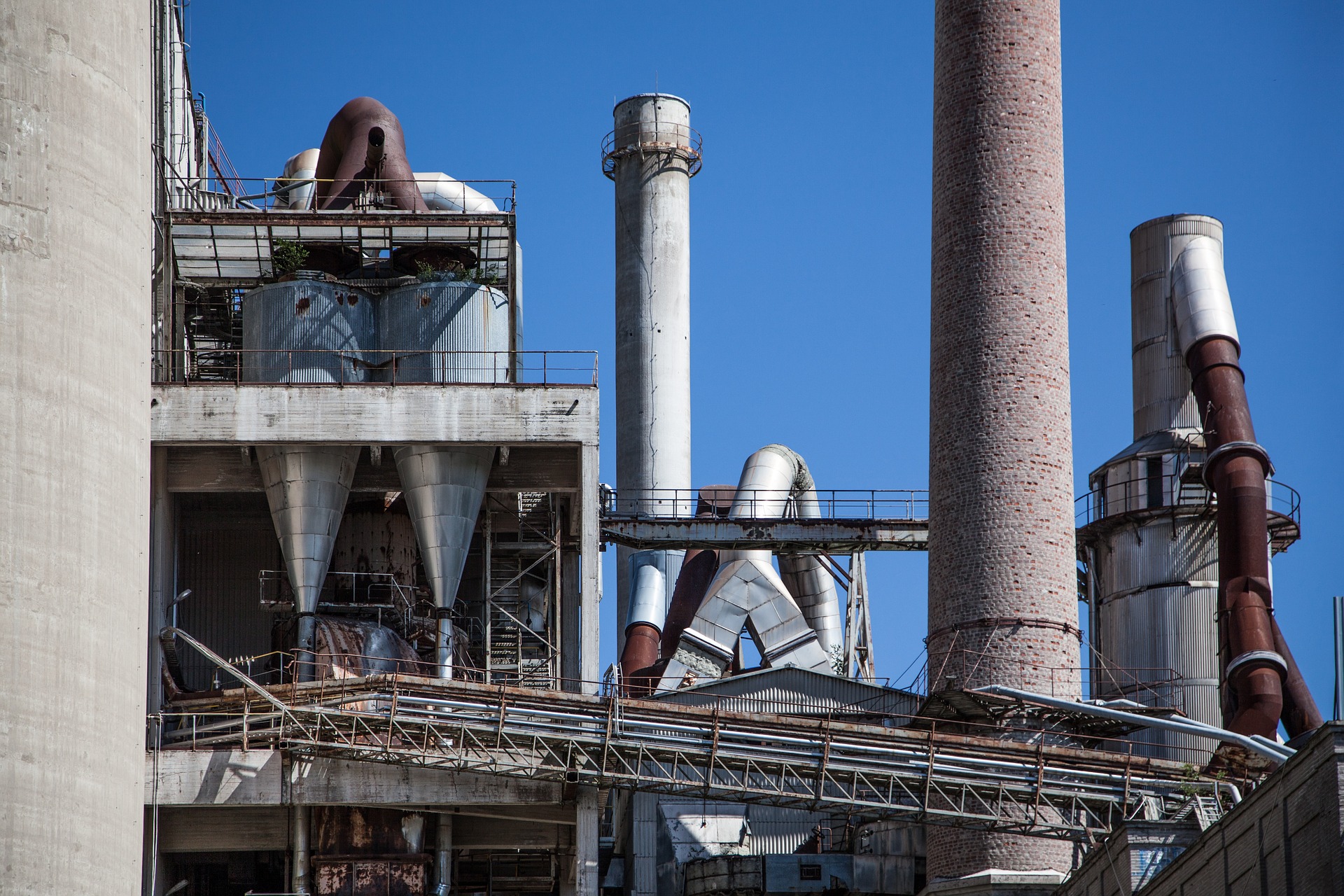
A scientist group at the Imperial College of London -among which we find a Spanish member, César Terrer Moreno- have worked to give an answer to an unsolved question: why do some plants grow better when they are at ecosystems with high levels of carbon dioxide while others do not? These unalike behaviours set a debate on the role of plants in the deceleration of climate change as CO2 concentrations keep on growing on the atmosphere.
7 july 2016
In total, scientists examined 83 studies on the effects of CO2 concentration rise in some areas and found that plants grow more with additional CO2 if there is nitrogen on the ground. They also stated that some of them may also reply positively when they have lower levels of nitrogen as long as they count with appropriate microbial buddies able to access this component.
“In our observations we find that an association between plants and fungi determines that their growth is higher as a consequence of the rise in CO2. More specifically, in conditions when there is little nitrogen, only plants with ectomycorrhizal associations achieve to get the nitrogen they need to grow”, explained Terrer Moreno.
“Ectomycorrizhae’ special enzymes allow access to the nitrogen there is in the ground and the plants roots cannot access, and give it to the plant in exchange of carbohydrates that the fungus cannot obtain”, added the scientist.
In an atmosphere with higher quantities of carbon, plants can obtain more carbon through photosynthesis, “they have more resources to negotiate with the fungus for the exchange of nitrogen, which puts emphasis to this compensation”.
Trees benefit from ectomycorrhizae
Plants which associate with ectomycorrhizae are mainly trees. Experts have discovered that, in general, many of these associations appear in boreal conifers and alpine regions -concretely in species among which we could highlight pines, beeches, birches, salsas- while all meadow species associate with arbuscular mychorrhizae.
“The effect of ectomycorrhizae is, somewhat, comparable to adding nitrogen to the ground, as the availability of nitrogen for the plant rises in both cases”, stated Terrer Moreno.
Plants which benefit the most from the rise in atmospheric carbon dioxide are herbaceous plants, such as those typical in meadows or grasslands, deserts and many tree species in tropical areas. “Nevertheless, in this last case, it is thought that nitrogen availability is relatively high; hence, it is possible for rainforests to keep on absorbing an increasing number of CO2 even if they associate with the fungus, which is not really skilled for transporting nitrogen to the plant”, stated the researcher.
This new research verifies how essential it is to take mycorrhizae fungi and suggest that the next generations of the carbon global-cycle model shall include mycorrhizae as an important control point in plant’s response to a rise in atmospheric CO2.










